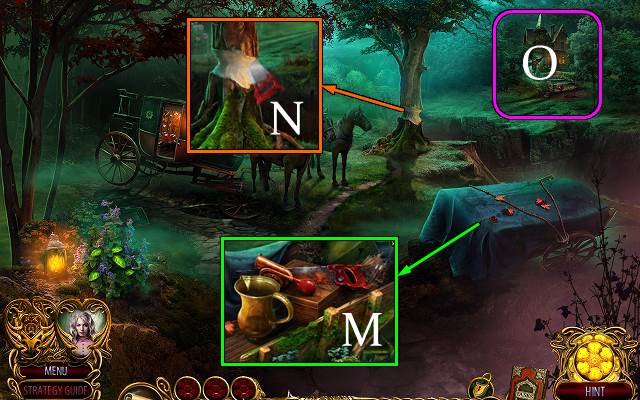

At one point in the film, Pride takes Linda back to his house after a date, where she refuses to be tested on subsequently, Pride asks, "What if I insist?" In his book Educational Institutions in Horror Film: A History of Mad Professors, Student Bodies, and Final Exams, Andrew L. Pride attempts to use Linda and others as involuntary test subjects for his remedy. Īccording to Frederick Douglass in the Atlanta Daily World, the film was "for escapism and fun" as "everything is taken in an extreme and comes off as being comical rather than serious." Historical context and culture Tuskegee syphilis experiments and Frankenstein Ī subtle, but also very important, part of the film that goes unnoticed by many scholars is how Dr. Hyde to be one of its strengths for most of the film, Crain focuses on “using the horror framework to treat.pressing social themes.” Despite this strength, the opening scene can be problematic as it “places visual emphasis on Linda’s nudity” as if it were trying to meet that “commercial obligation” of any other blaxploitation film. Erb thinks that the film only contains gratuitous nudity and racial stereotypes to align with the “commercial obligation” expected of the genre. Erb writes that the blaxploitation genre was plagued with many problems, but did have key points of strength. Hyde, while also discussing the blaxploitation horror genre, in her book Tracking King Kong: A Hollywood Icon in World Culture. Hyde exhibits many of these qualities that have been seen throughout the blaxploitation genre of the 1960s and 1970s.Ĭynthia Erb delves into many different aspects and themes of Dr. Benshoff, many of the films that were part of the blaxploitation genre exhibited similar themes and symbols to other blaxploitation movies such as “references to the Black Panthers, Afrocentric style, soul food, white racism (both institutionalized and personal), and urban ghetto life". As a result, the production company wanted to play off the classic story and horror film Dr. With Blacula 's success, American International Pictures saw a new opportunity to produce classic horror films with black actors and actresses to attract a new black moviegoing audience. Specifically, it was part of the blaxploitation horror genre that came about in the late 1960s and early 1970s with the box office success of American International Pictures’ Blacula, which was also directed by William Crain. Hyde is one of many films which constitute the blaxploitation genre.

Milt Kogan as Lieutenant Harry O'Connor.Cornered at the Watts Towers, Pride attempts to escape by climbing up the towers, which leads to the police gunning him down and causing him to fall to his death. After not being able to test his remedy on Linda ( Marie O'Henry), Pride continues his rampage, which results in him being chased down by the police. Pride begins a spree throughout Watts, killing prostitutes and pimps. Desperate to create this remedy, Pride conducts unethical experiments on others and himself, which turns Pride into a white-skinned Frankensteinian monster with superhuman strength and invincibility. Henry Pride ( Bernie Casey) is an accomplished and wealthy African American medical doctor working on a cure for cirrhosis of the liver along with his colleague, Dr.

Hyde is filled with themes surrounding ideas of race, class, and Black Power, yet it is unique in depicting these themes through the genre of horror. Along with other blaxploitation films, Dr.
#Jekyll fear the monster within movie movie
The movie was filmed primarily in Los Angeles, at locations such as the Watts Towers. Along with Crain, the film was written by Larry LeBron and Lawrence Woolner with cinematography by Tak Fujimoto. The film stars Bernie Casey and Rosalind Cash, and was directed by William Crain. Hyde is a 1976 blaxploitation horror film loosely inspired by the 1886 novella Strange Case of Dr.


 0 kommentar(er)
0 kommentar(er)
